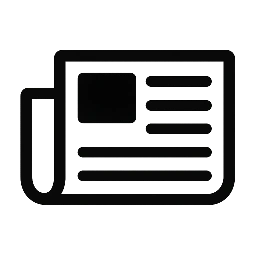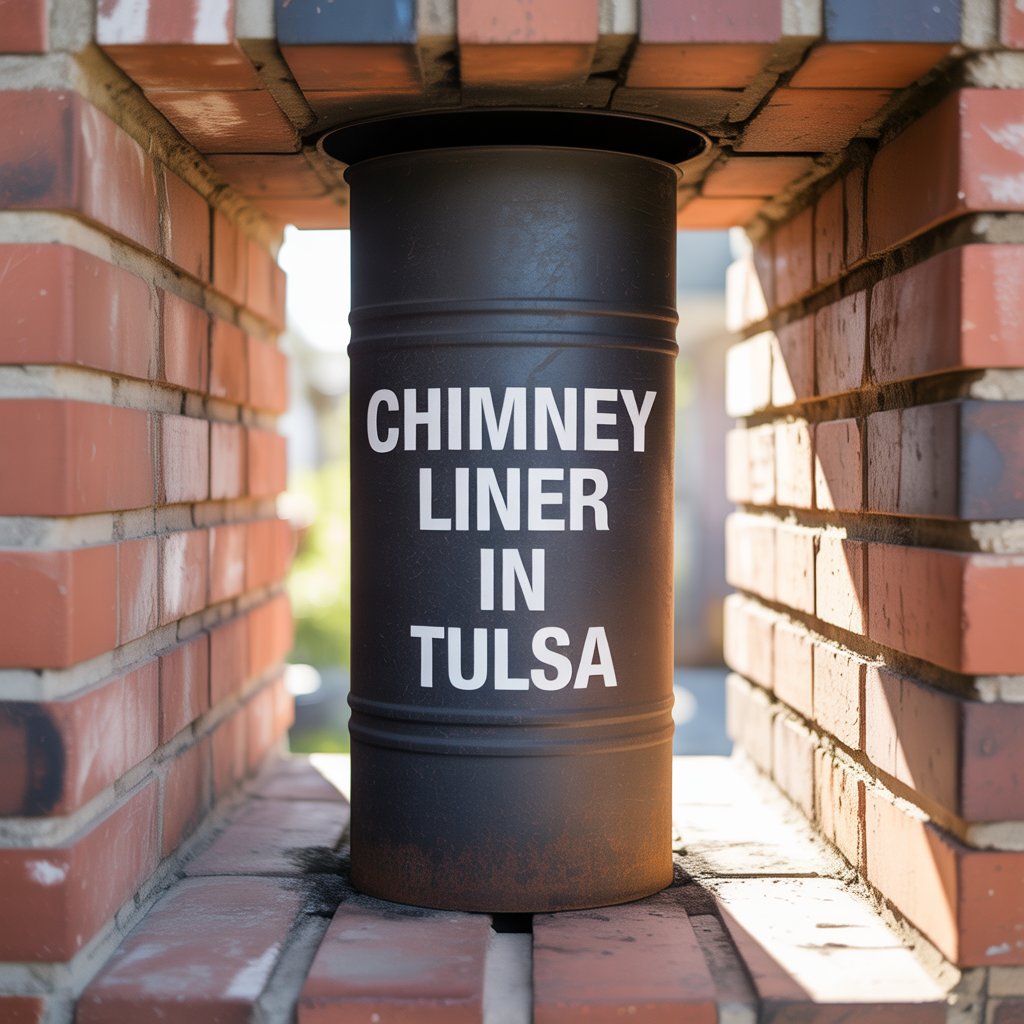Chances are that if you’re a Tulsa resident with a fireplace or wood-burning stove, your chimney is more important than you know. It’s not just a big pipe made of bricks and mortar for sending up smoke—it’s an operating system that keeps your home safe and your air clean. However, as with anything, it has to be serviced. You might be hearing a technician say your chimney needs to be repaired—or maybe it needs to be relined. Hold on, don’t those imply the same thing? Nope. Let’s break it down in plain language so you can see exactly what is going on with your chimney and why the correct answer matters. By the end of this, you’ll know the difference between chimney repair and chimney relining—and when it’s time to call in a pro to replace or inspect your chimney liner.
Chimney Relining vs. Chimney Repair: What’s the Difference?
It’s easy to confuse these words. Both of them do, of course, involve fixing parts of the chimney system. But the key is in what part of the chimney is being fixed—and why.
Chimney relining is a process of installing a new liner or replacing a current liner in the chimney flue. This liner is technically a protective tube that runs through your chimney and guides the smoke, gases, and heat out of your home safely. It is a pipe-in-a-pipe sort of setup. Over time, old liners made of metal or clay can crack, rust, or get clogged.
Meanwhile, chimney repair is repairing other parts—such as deteriorating bricks, damaged flashing, cracked crowns, or a tilting chimney structure. Repairs are more vague, and they can occur on the inside or outside.
Here’s a brief side-by-side:
| Feature | Chimney Relining | Chimney Repair |
| Focus Area | Inside the flue (liner) | Exterior or structural damage |
| Common Materials | Stainless steel, clay, cast-in-place | Mortar, bricks, metal, cement |
| Main Purpose | Improve venting and safety | Maintain structure and function |
| When Needed | Cracks in liner, smoke issues | Leaks, broken caps, masonry damage |
| Lifespan Impact | Extends chimney life | Prevents major structural issues |
Quote of the Day:
“A chimney liner is like your chimney’s safety belt—when it’s broken, nothing else works right.”
– A local Tulsa chimney technician
Why Chimney Relining is a Big Deal
Relining doesn’t sound like a real word, but it’s one of the most significant parts of chimney repair. A cracked or non-existent liner is more than just a little problem—it can cause deadly gases like carbon monoxide to seep into your house. Worse still, it can ignite a chimney fire. That’s why so many residents in Tulsa opt for stainless steel chimney liners—they’re durable, fireproof, and frequently come with a lifetime warranty.
Also, if you’ve converted your fireplace from wood to gas, relining ensures your chimney is compatible with the new fuel type. And that’s not just about performance—it’s about safety and keeping your home up to code.
When Does Your Chimney Need Repair Instead?
Now, if water is leaking out of your chimney, the bricks are falling off, or water is entering your attic—those aren’t liner problems. They’re signs your chimney needs some old-fashioned repair. That could include tuckpointing (repairing cracked mortar), caulking joints, or even rebuilding part of the stack.
These kinds of repairs are typically necessary after decades of use and wear and tear, storm damage, or lack of maintenance. Left to their own devices, these small issues can turn into costly disasters like collapsed chimneys or roof leaks.
The Cost Breakdown: What to Expect
Every home and every chimney is different, so prices will differ—but here’s a general guideline for what to anticipate in Tulsa:
| Service Type | Estimated Cost (Tulsa) |
| Chimney Relining | $1,200 – $3,500 |
| Basic Chimney Repair | $300 – $1,000 |
| Major Masonry Repair | $1,000 – $4,000+ |
| Annual Inspection | $100 – $250 |
Remember that those are general estimates. A quick walk-around by a seasoned pro might give you a better estimate based on your chimney’s height and condition. But both repairs are typically performed as a do-it-once deal that gives you decades of peace of mind.
Safety First: Why You Shouldn’t Put It Off Either
Whatever your chimney needs, be it repair or relining, there is one absolute thing: don’t procrastinate. Both are imperative to the safety of your home from house fires, carbon monoxide poisoning, and long-term damage. Just because you are not using your fireplace on a regular basis, doesn’t mean the weather and time will not wreak havoc on your chimney.
If you hear odd sounds, smell smoke when the fire is not burning, or notice bits of tile or brick in your fireplace—have it checked out. Having your chimney inspected once a year by a certified technician is one of the easiest ways to stay safe and avoid expensive surprises.
FAQs About Chimney Liner and Repairs
Q: How long does a stainless steel chimney liner last?
A: Most good-quality stainless steel liners last 20–30 years, and some have lifetime warranties when installed professionally.
Q: Can I reline a chimney myself?
A: While some homeowners attempt DIY kits, it’s better left to the professionals. Fit, insulation, and fire code considerations are crucial.
Q: Does insurance cover chimney repair or relining?
A: It varies. Storm or fire damage, yes. Age or neglect, probably not. Check your policy.
Q: Can I tell if my liner is damaged by looking at it?
A: Not usually. Liner damage is inside the chimney and normally requires a camera scan to detect cracks or blockages.
Q: Do gas appliances need chimney liners too?
A: Yes. Gas appliances continue to produce carbon monoxide and water vapor that need to be properly vented through a liner.
Conclusion: Don’t Guess—Get an Inspection
In short, chimney relining and chimney repair could be the same thing, but they aren’t. Relining closes up the inside of your chimney and indoor air in your home. Repairs are more concerned with the outside structure and making sure everything is still working. Both are necessary for safety, and both can end up saving you a ton of money if done in time.
If you’re in Tulsa and it’s been a while since anyone looked at your chimney—or if you’re experiencing issues—it’s probably time to call in a pro for a chimney inspection. Whether it’s for replacing an old chimney liner or patching up bricks, your fireplace (and your family) will thank you.
Read More: Chimney Sweep

